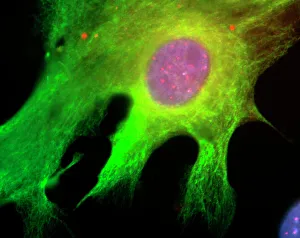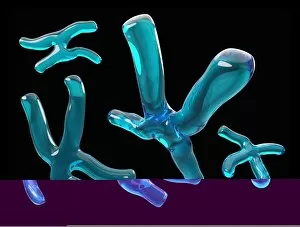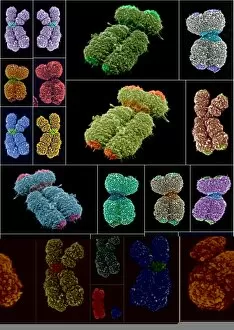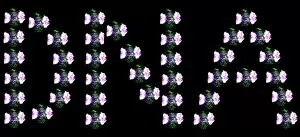Centromeres Collection
Centromeres: The Key to Chromosomal Organization Astrocyte nerve cells may be the stars of our brain
All Professionally Made to Order for Quick Shipping
Centromeres: The Key to Chromosomal Organization Astrocyte nerve cells may be the stars of our brain, but within each cell lies a fascinating world of genetic organization. Enter centromeres - the unsung heroes responsible for ensuring proper distribution of human chromosomes during cell division. Underneath an electron microscope, human chromosomes reveal their intricate structure. SEM images showcase these bundles of DNA, tightly wound and neatly packaged within our cells. Amongst this organized chaos, centromeres stand out as crucial structures that hold everything together. These specialized regions play a pivotal role in chromosome segregation during mitosis and meiosis. They act as anchor points where spindle fibers attach, allowing for precise separation into daughter cells or gametes. Without centromeres' guidance, errors in chromosomal distribution can lead to genetic disorders like Down syndrome or Turner syndrome. The significance becomes even more apparent when observing targeted genes on chromosomes under SEM magnification. These microscopic snapshots highlight how specific sections are marked by these essential structures, acting as signposts for gene expression and regulation. Through countless divisions and generations, human chromosomes rely on the stability provided by centromeres to maintain genomic integrity. Their presence ensures that each new cell receives its rightful share of genetic material while preventing any loss or duplication along the way. So next time you marvel at the complexity of our nervous system's astrocyte nerve cells or ponder over the intricacies hidden within human chromosomes – take a moment to appreciate the vital role played by those tiny yet mighty centromeres in preserving life's blueprint with remarkable precision.




















